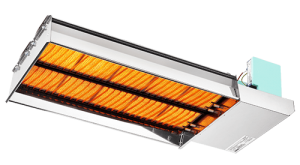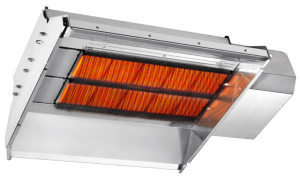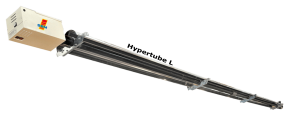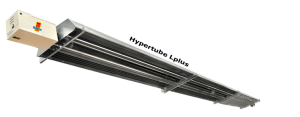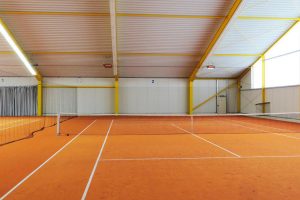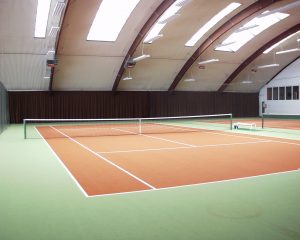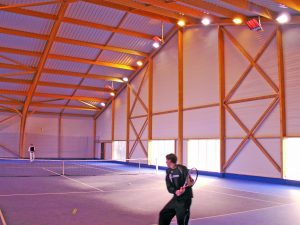Tennis Court Heating
SBM supports you
The heating of tennis courts should concentrate heat on the area where players are playing, rather than on the entire volume of the building.
SBM assists you in choosing the technology best suited to your needs and constraints. SBM products allow players to feel instant, ideal warmth throughout the match.
Based on your requirements, SBM offers you the best solution, ensuring performance and design. Our radiators are quiet, lightweight and compact.
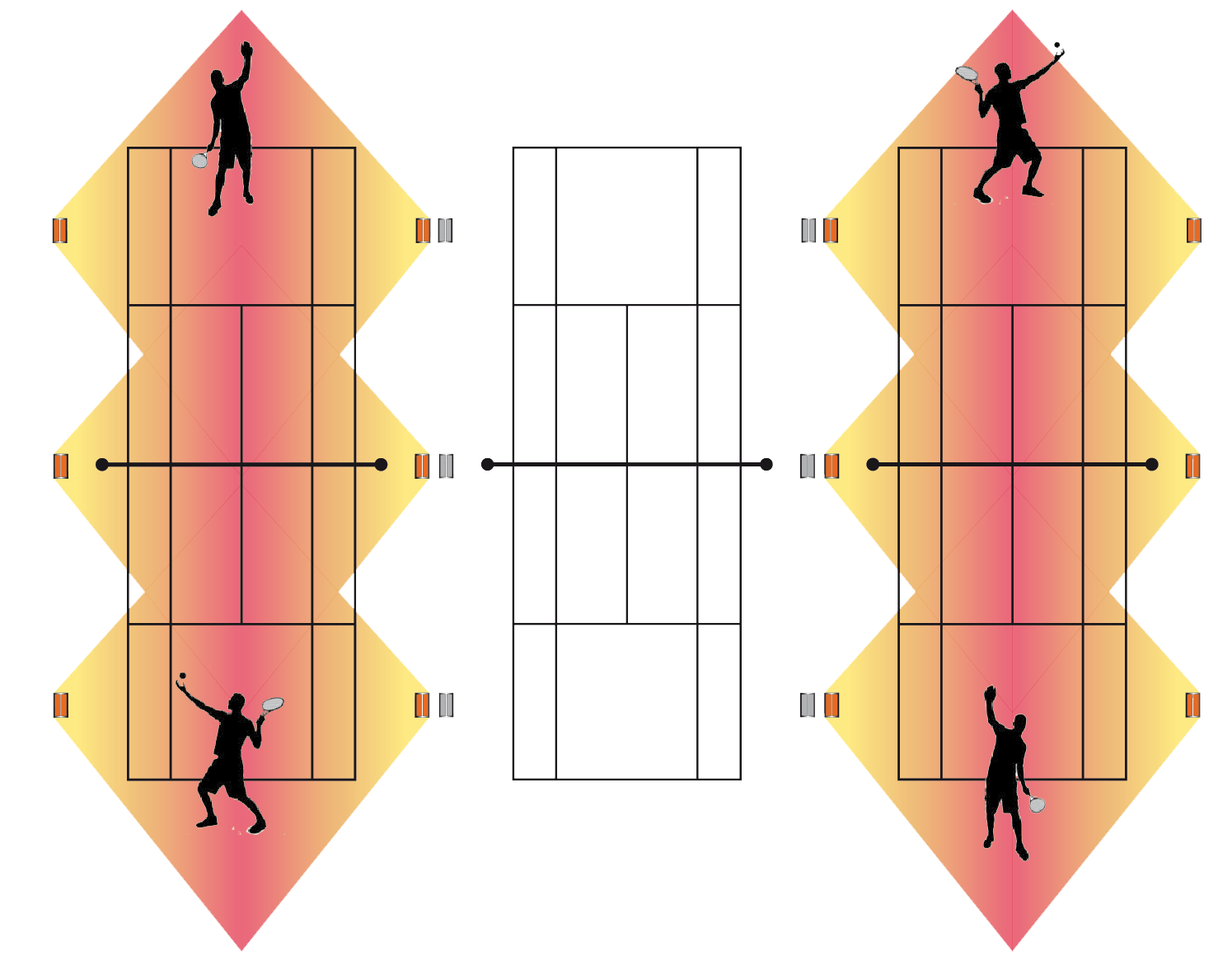
OUR RANGES
Technical characteristics
- Gas connection
- Incorporates ceramic plates
- Stainless steel equipment
Advantages
- Average service life of 20 years
- Dual power settings (50% or 100%)
Technical characteristics
- Gas connection
- Incorporates ceramic plates
- Stainless steel equipment
Advantages
- Average service life of 20 years
- Dual power settings (50% or 100%)
- High efficiency (deflector on the enclosure)
Technical characteristics
- Gas connection (B or C)
- U or L shaped
- Annealed steel transmitters with turbulator
Advantages
- Heat directed toward the floor
- Autonomous ionization-based flame monitoring and management unit
Technical characteristics
- Gas connection (B or C)
- U or L shaped
- Deflector
- Annealed steel transmitters with turbulator
Advantages
- Heat directed toward the floor
- Autonomous ionization-based flame monitoring and management unit
- Deflector inside enclosure = increased efficiency
Testimonial
As far as the construction of the building is concerned, we wanted to become a reference for clubs that want to build indoor courts.
This is why we opted for a heated, insulated wooden structure. Indeed, we were keen to give priority to the comfort of the game thanks to ceramic heating with a maximum of 12°.
This radiant heating technique is particularly suitable for indoor courts, as it guarantees instant comfort for players. The radiant heat source panels are compact and installed high up, so they do not interfere with the playing conditions. The individual temperature control for each court allows a permanent adaptation to the occupancy rate of the building and ensures significant energy savings.Sébastien Girodet, development consultant coordinator

